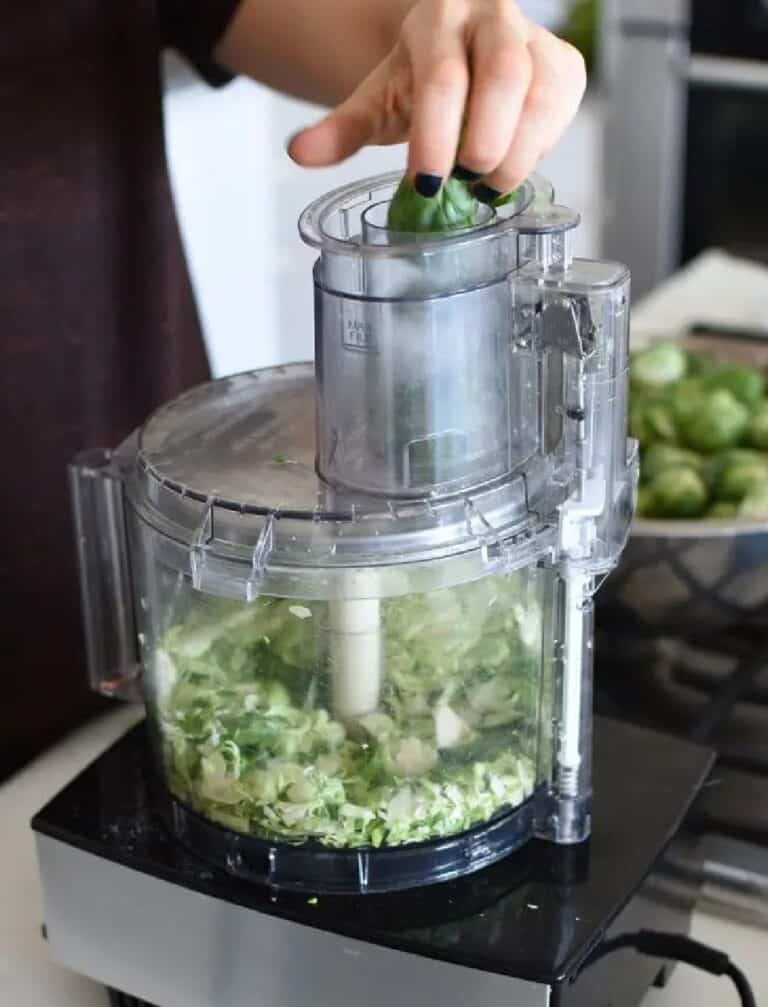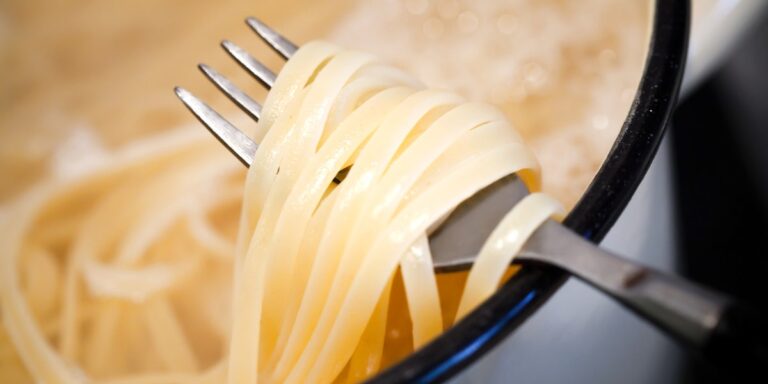How to Prevent a Bundt Cake From Drying Out and Sticking?
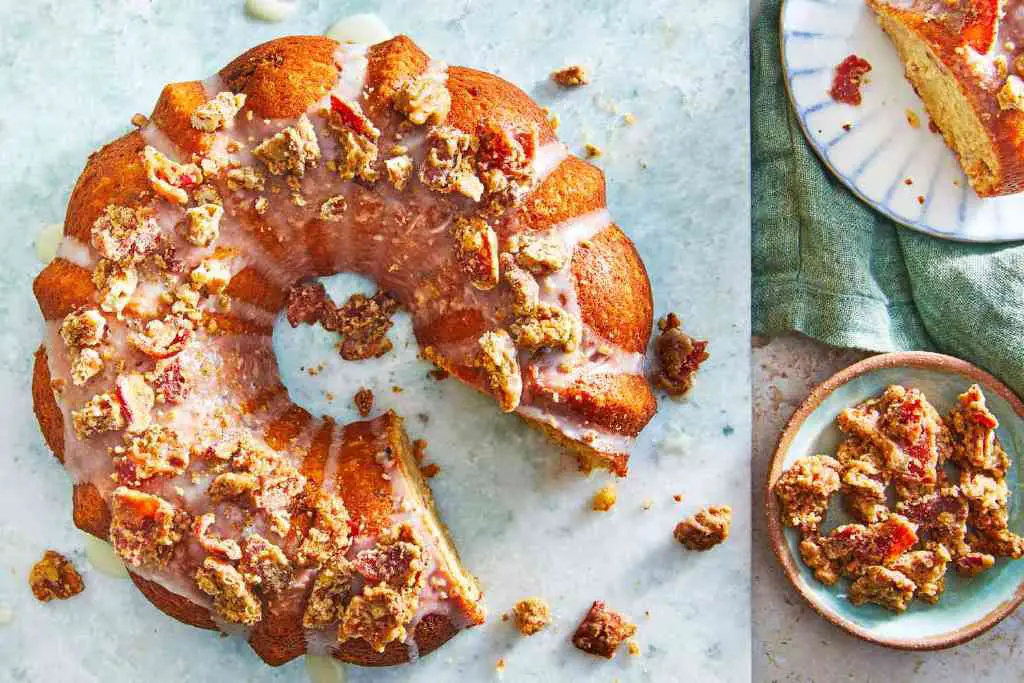
There’s nothing worse than baking the perfect Bundt cake only to end up with a dry, crumbly texture or a cake that stubbornly refuses to release from the pan. It’s one of those moments that can make even the most experienced baker scratch their head.
But don’t worry, I’ve been there, and after plenty of trial and error, I’ve figured out exactly how to prevent these common cake disasters. With the right techniques and a few simple tricks, you’ll be able to bake Bundt cakes that are moist, tender, and practically slide out of the pan.
In this post, I’m going to walk you through the steps I’ve learned over the years to keep your Bundt cakes from drying out or sticking to the pan. By the end, you’ll feel confident and ready to bake Bundt cakes that are nothing short of perfection.
Why Do Bundt Cakes Dry Out or Stick?
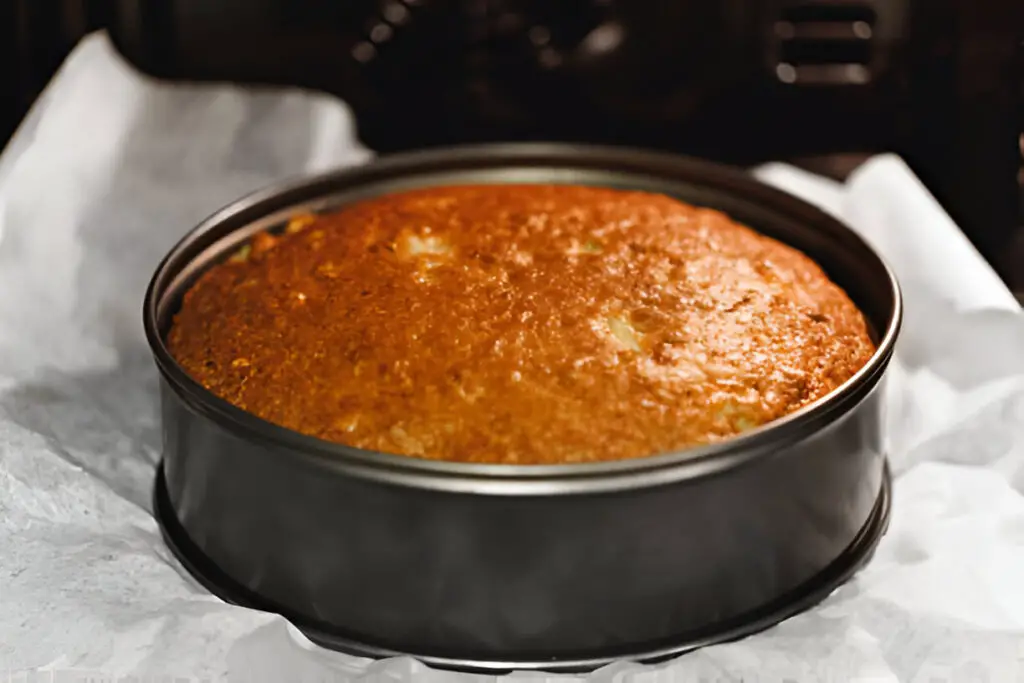
Before we dive into how to prevent these issues, let’s take a quick look at why they happen in the first place. Dry Bundt cakes typically result from overbaking or not using the right ingredients.
If you leave your cake in the oven too long or use a recipe that doesn’t provide enough moisture, your cake will turn out dry, even if it looks delicious on the outside.
As for the sticking part, Bundt cakes are notorious for this, thanks to their intricate shapes and tight corners. If your cake pan isn’t greased and floured properly or you don’t let the cake cool for the right amount of time, you’ll find yourself struggling to remove the cake without it falling apart.
Now that we know the culprits, let’s get to the good stuff: how to avoid these issues in the first place.
Use the Right Pan and Prepare It Properly
The first line of defense in preventing a Bundt cake from sticking is selecting the right pan and preparing it correctly. It’s not just about choosing any Bundt pan—it’s about making sure your pan is non-stick and well-greased.
Trust me, I’ve learned the hard way that using a cheap, low-quality pan can lead to disastrous results, no matter how careful you are with the rest of the process.
- Choose a non-stick Bundt pan: Non-stick pans make it far easier to remove your cake once it’s baked, reducing the chance of it sticking to the sides.
- Grease and flour the pan properly: This step is non-negotiable. Use butter or shortening to grease the inside of the pan generously, making sure every nook and cranny is covered. Then, dust the greased surface with flour (or cocoa powder if you’re baking a chocolate cake). Tap out any excess flour, so you’re left with a thin, even coating.
While greasing and flouring sound simple, it’s an art. If you skip this step or don’t do it thoroughly enough, your cake could stick, causing all your hard work to crumble. I recommend taking the time to get this right, especially with Bundt pans that have intricate designs.
Don’t Overmix the Batter
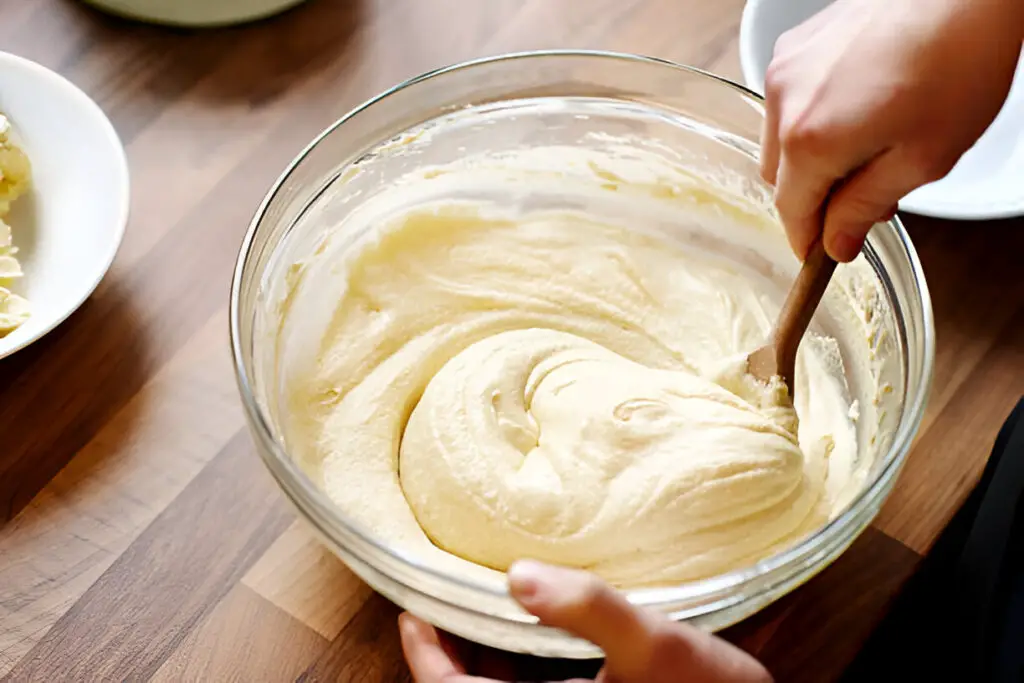
Mixing the batter too much is a common mistake that leads to dry Bundt cakes. The more you mix, the more air you incorporate, which can lead to a dense texture or dry cake. To prevent this, mix your batter only until bundt cake ingredients are just combined.
Overmixing can also lead to a cake that sticks because the additional air and heavy batter can create a structure that’s more likely to cling to the pan. Instead, once your batter is smooth and lump-free, stop. There’s no need to beat it any longer.
Add Moisture to Your Batter
Bundt cakes rely on moisture to stay tender and not dry out during baking. If you’re following a recipe that doesn’t provide enough liquid ingredients or doesn’t call for ingredients that naturally retain moisture, you might end up with a dry cake.
There are a few ways to boost the moisture content of your Bundt cake:
- Use sour cream or yogurt: Adding these ingredients will not only increase the moisture but will also give your cake a rich, velvety texture.
- Add oil instead of butter: While butter adds flavor, oil helps lock in moisture and can keep your cake soft longer.
- Include liquids like milk or buttermilk: If your recipe calls for water, consider switching it out for milk or buttermilk to add extra moisture.
By making sure your batter has enough moisture, you’ll set yourself up for a cake that’s as moist as it is delicious.
The Right Baking Time and Temperature
Baking at the right temperature is key to ensuring your Bundt cake is baked all the way through without drying out. I always recommend preheating your oven to 350°F for most Bundt cake recipes. This allows for even baking, where the outside gets golden and the inside remains moist.
That said, don’t rely entirely on the oven temperature to tell you when the cake is done. The best way to check if your Bundt cake is ready is by inserting a toothpick into the center of the cake. If it comes out clean or with just a few moist crumbs, you know it’s done. If it comes out wet with batter, the cake needs a little more time. Overbaking can dry it out, so keep an eye on it!
Cooling Your Bundt Cake the Right Way
The cooling process is just as important as the baking. When your cake comes out of the oven, don’t rush to flip it out of the pan. Give it time to rest for 10 to 15 minutes, allowing it to firm up and settle. If you try to remove it too soon, it might collapse or break apart.
Once the cooling time is up, run a knife or spatula gently around the edges of the pan to loosen the cake. This step ensures the cake won’t stick to the sides and will release smoothly when flipped.
To flip it, place a plate or cooling rack over the top of the pan, then carefully invert the pan. Give it a little tap to help release the cake, and then slowly lift the pan off. If you’ve greased and floured the pan properly, your cake should come out effortlessly.
Use a Simple Syrup for Extra Moisture
If you really want to take your Bundt cake to the next level of moisture, consider brushing it with a simple syrup after baking. Simple syrup is made by dissolving sugar in water, and it adds extra moisture without altering the flavor too much.
To make your own simple syrup, combine equal parts water and sugar in a saucepan and heat it until the sugar dissolves completely. Once your Bundt cake has cooled and is ready to serve, use a pastry brush to apply a thin layer of syrup to the top of the cake. This helps lock in moisture and gives the cake a soft, shiny finish.
Troubleshooting: What to Do if Your Cake Still Sticks or Dries Out
Even with all the preparation in the world, sometimes things don’t go according to plan. If your cake sticks to the pan or turns out a bit dry despite your best efforts, don’t throw in the towel just yet.
- For sticking: If your Bundt cake sticks, try gently running a knife around the edges and then placing the pan in the freezer for 15 minutes. The cold can help loosen the cake from the pan.
- For dryness: If your cake is dry, consider serving it with a glaze or frosting to add some moisture back in. Alternatively, you can drizzle the cake with a simple syrup or flavored syrup for a little added sweetness and moisture.
Final Thoughts
Baking a Bundt cake is as much an art as it is a science. The key to preventing your cake from drying out or sticking is all in the details—whether it’s preparing the pan, choosing the right ingredients, or baking at the perfect temperature. With the tips and tricks I’ve shared, you’ll be able to bake Bundt cakes that are both delicious and impressive, with a smooth finish and a tender crumb.
The next time you’re in the kitchen, remember that a little extra care can go a long way. Whether you’re a seasoned baker or just starting out, these steps will help you create a Bundt cake that’s not only beautiful but also moist and easy to remove from the pan. Happy baking!



